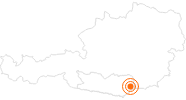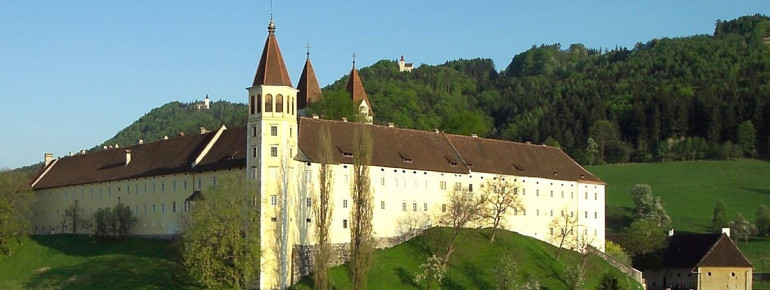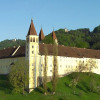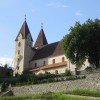Contents
Description
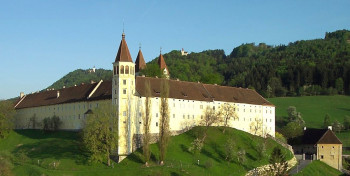
A monastery, a grammar school, a museum and a very interesting library house the Benedictine monastery of St. Paul in the Lavant Valley. The monastery's herb and baroque garden is also known for its spaciousness and invites visitors to take a short break. Once a year, the St. Paul Summer of Culture also takes place on the monastery grounds.
The Museum
The museum of the monastery has a total area of almost 4000 square meters and exhibits various treasures such as medieval goldsmith's work and textiles, one of the most important manuscript collections in the world, as well as a painting gallery with works by artists such as Leonardo da Vinci, Rubens and Rembrandt.
The Library
The library of the monastery is one of the most impressive and important collections in Austria. It contains about 70,000 books in the show library and is able to show the development of the art of writing from the 5th to the 18th century without gaps.
Historical Information
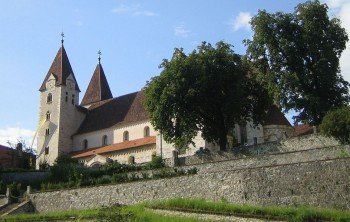
The history of the monastery can be traced back to 1091, when a castle stood here and the lord of the castle asked for permission to found the monastery. St. Paul developed rapidly and was already in the Middle Ages an important place for school education.
However, in the 14th and 15th centuries the monastery lived through a difficult period due to fires and warlike riots. In the 16th century, the abbey was rebuilt by the abbot at that time and thus received its present form.
Also in the 17th century the monastery had to struggle again with some difficulties. It was dissolved several times, for example by Emperor Joseph II or by the National Socialists. But already after a few years the monks settled again in St. Paul.
How to get there
By car:
From Klagenfurt or Vienna on the A2 to the exit St. Andrä (No. 264) and then about 6 minutes drive to St. Paul.
By public transport:
The monastery is about 10 minutes away from St. Paul station and Bad St. Paul station.
